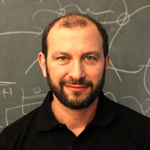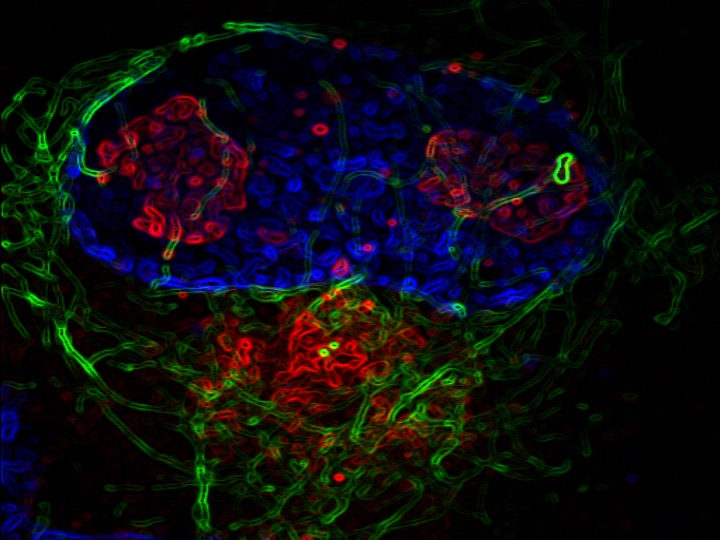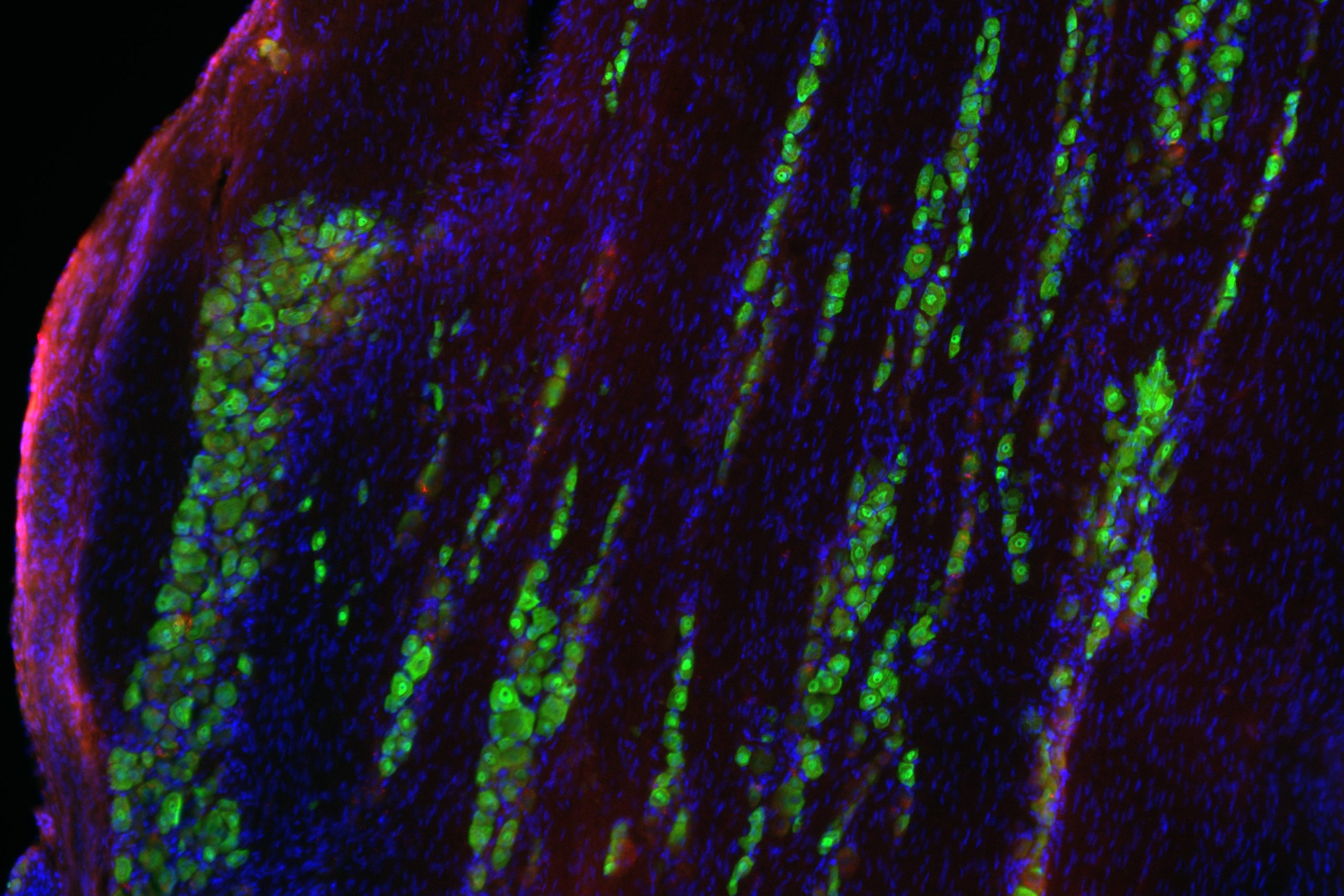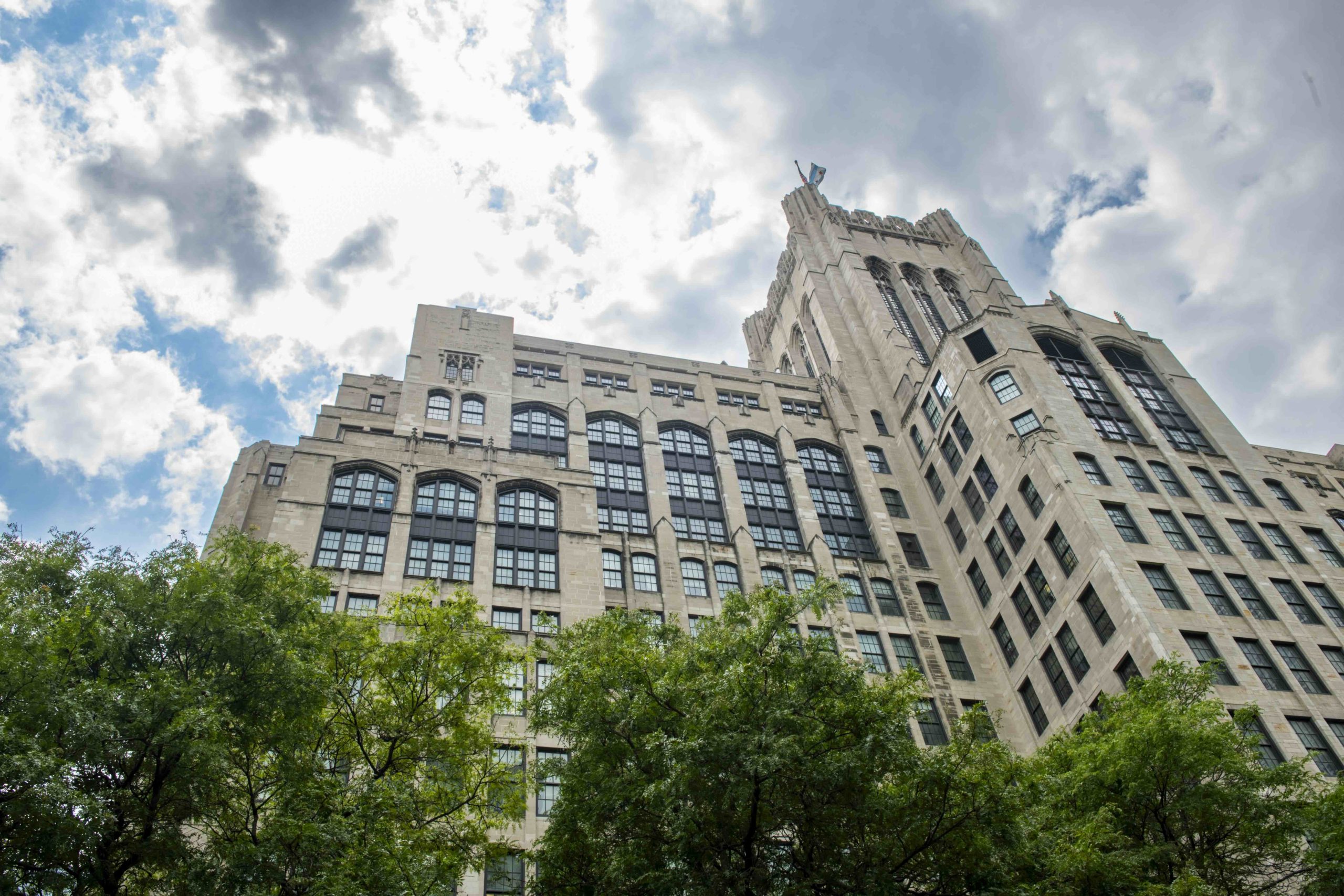
The density of molecules within a cell’s nucleus may help predict the development of cancer.
The discovery, based on mathematical models developed by Igal Szleifer, PhD, Christina Enroth-Cugell Professor of Biomedical Engineering and professor of Medicine-Pulmonary, illustrates how macromolecular crowding influences gene transcription.
A common occurrence in cells, changes in macromolecular crowding take place when an increasing concentration of macromolecules – large nucleic acids, proteins, carbohydrates or lipids – reduce the available space for other cellular components.
Transcription is the first step of gene expression and carcinogenesis is the result of an alteration in the genes regulating cell growth and differentiation.
“We wanted to find out if there is a fundamental, biological change that happens because of this crowding, and we were able to describe how transcription may change,” said Szleifer, a professor of Chemistry and member of the Robert H. Lurie Comprehensive Cancer Center. “If macromolecular crowding is a normal occurrence, than dysregulation may be associated with the faulty gene expression that leads to cancer and other diseases.”
The findings were recently published in Biophysical Journal.
Szleifer and colleagues used simulations to incorporate the effects of macromolecular crowding into a model of gene transcription. The goal was to determine the effects of crowding during disease.
“The link between macromolecular crowding and transcriptional regulation may shed light on previously observed nanoscale structural differences between healthy and pre-cancerous cells,” Szleifer said. “We know these differences must be associated with variations in local crowding and concentrations, which in turn influence gene expression.”
Vadim Backman, PhD, Walter Dill Scott Professor of Biomedical Engineering, previously showed that cancer cells and their non-cancerous neighbors, although quite different when viewed under a microscope, share very similar structural abnormalities on the nanoscale level.
Szleifer’s models of macromolecular crowding confirmed Backman’s observations of the “field effect,” a biological process in which cells located some distance from a malignant or premalignant tumor undergo abnormal molecular changes.
Szleifer’s study found that cells use macromolecular crowding to control and regulate transcription, meaning they can upregulate or downregulate genes based on changes in the local environment. He will now attempt to determine the role that macromolecular crowding has on specific gene expression important in cancer.
“Exactly how this process works remains unclear, but it appears important in every biological process at the cellular level,” Szleifer said. “We now have a better way to start designing new experiments and ask very specific questions about what types of genes get up- or downregulated.”
The study was supported by National Science Foundation grants EFRI CBET-0937987 and EAGER-124931.
Hiroaki Matsuda, PhD, Gregory Putzel, PhD, and Vadim Backman, PhD, Walter Dill Scott Professor of Biomedical Engineering are co-authors of the publication.






